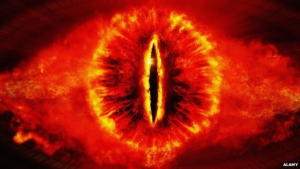The News seems to be filled with tales of woe about how the NHS is in a new state of even deeper crisis with thousands of unfilled posts, long waiting lists, and staff off sick with stress. And now people are starting to say the crisis has been creeping up on us for years and that the NHS is doomed to fail. No one has a credible plan. No one seems to know what to do.
What this all adds up is to a mindset that cannot solve the problem it created [Einstein].
This is not a new phenomenon. And the good news is that we know how to go about addressing it. We must diagnose the cause and then we can design a treatment.
The problem is that the cause is our own complacency.
As we collectively overcome challenges and design solutions that work better than before then the pain goes away and we start to take the gains for granted. We become complacent.
As the solutions and systems that support our modern lifestyles become more complicated we are forced into more narrow roles and we lose sight of the contribution that the skills of others make. We become complacent.
As economic growth feeds our insatiable desires we lose sight of the fact that a global ecosystem of finite resources cannot sustain perpetual growth. We become complacent.
The emergent crisis is predictable but it still comes as a nasty shock because we have become so complacent.
Survival is not inevitable. Many ancient civilisations have perished because they grew too big for their ecological boots and were unable to adapt quickly enough. They became complacent and they collapsed. All we find are relics in the dust.
We all need to heed the heuristics of history.
We all need to cultivate some new attitudes, behaviours and competencies. Such as Curiosity, Courage, Commitment, Cooperation, Collaboration and Competence.
There is no room for complacency.

